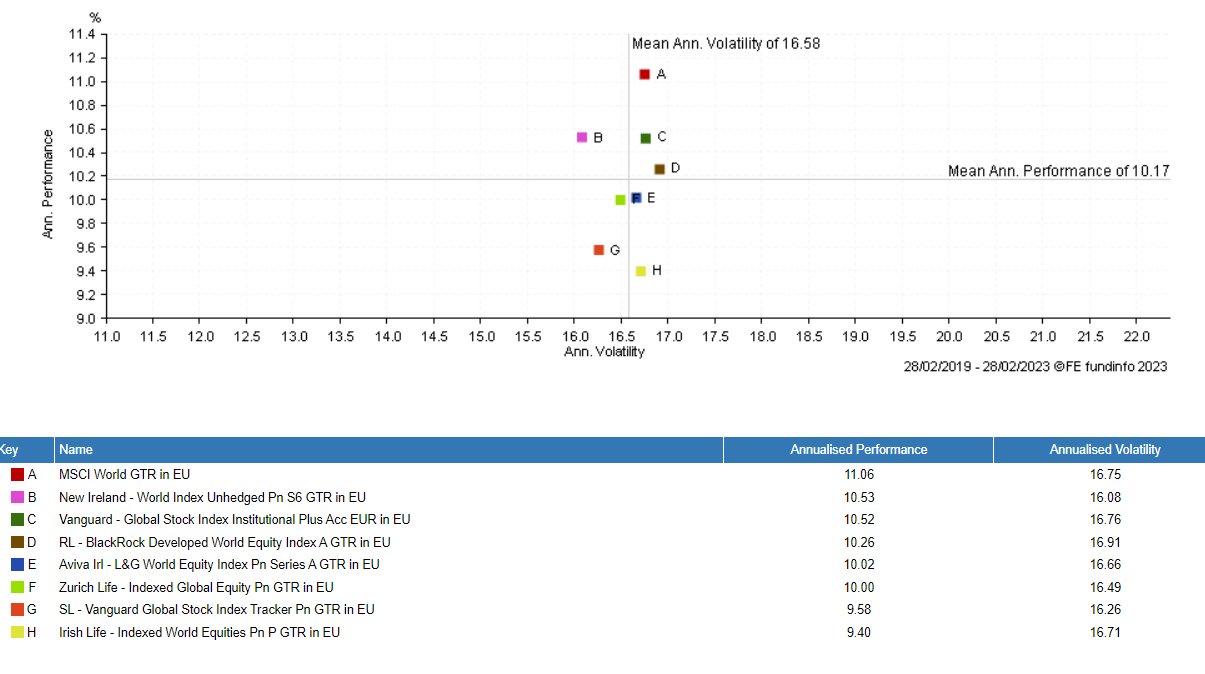Will Gilberson
Registered User
- Messages
- 12
I don't understand how an increased allocation rate is not good
Say I invest 10,000 with an Allocation rate of 101% , annual rate of return 2%, and Charge of .75%
So Investment goes to 10,100
Return = 2% = 202, so total Investment at end year 1 = 10,100 + 202 = 10,302
.75% charge = 77.27, so net Investment value at end of Year 1 = 10,244,73
Now , lets say there is no allocation rate, other parameters the same
So investment goes to 10,000 + 2% = 10,200 at end year 1
.75% charge = 76.50, so net investment at end year 1 = 10,123.50
So , with the Allocation Rate of 101%, I am better off at end of year 1, and this continues for life of policy
(I realise there may be early encashment, but assume I keep policy for minimum of 5 years)
As long as the Return Rate is higher than the Allocation rate, I will be doing better with an allocation rate > 100 %
Is the above logic correct , or am I missing something ??
Say I invest 10,000 with an Allocation rate of 101% , annual rate of return 2%, and Charge of .75%
So Investment goes to 10,100
Return = 2% = 202, so total Investment at end year 1 = 10,100 + 202 = 10,302
.75% charge = 77.27, so net Investment value at end of Year 1 = 10,244,73
Now , lets say there is no allocation rate, other parameters the same
So investment goes to 10,000 + 2% = 10,200 at end year 1
.75% charge = 76.50, so net investment at end year 1 = 10,123.50
So , with the Allocation Rate of 101%, I am better off at end of year 1, and this continues for life of policy
(I realise there may be early encashment, but assume I keep policy for minimum of 5 years)
As long as the Return Rate is higher than the Allocation rate, I will be doing better with an allocation rate > 100 %
Is the above logic correct , or am I missing something ??
